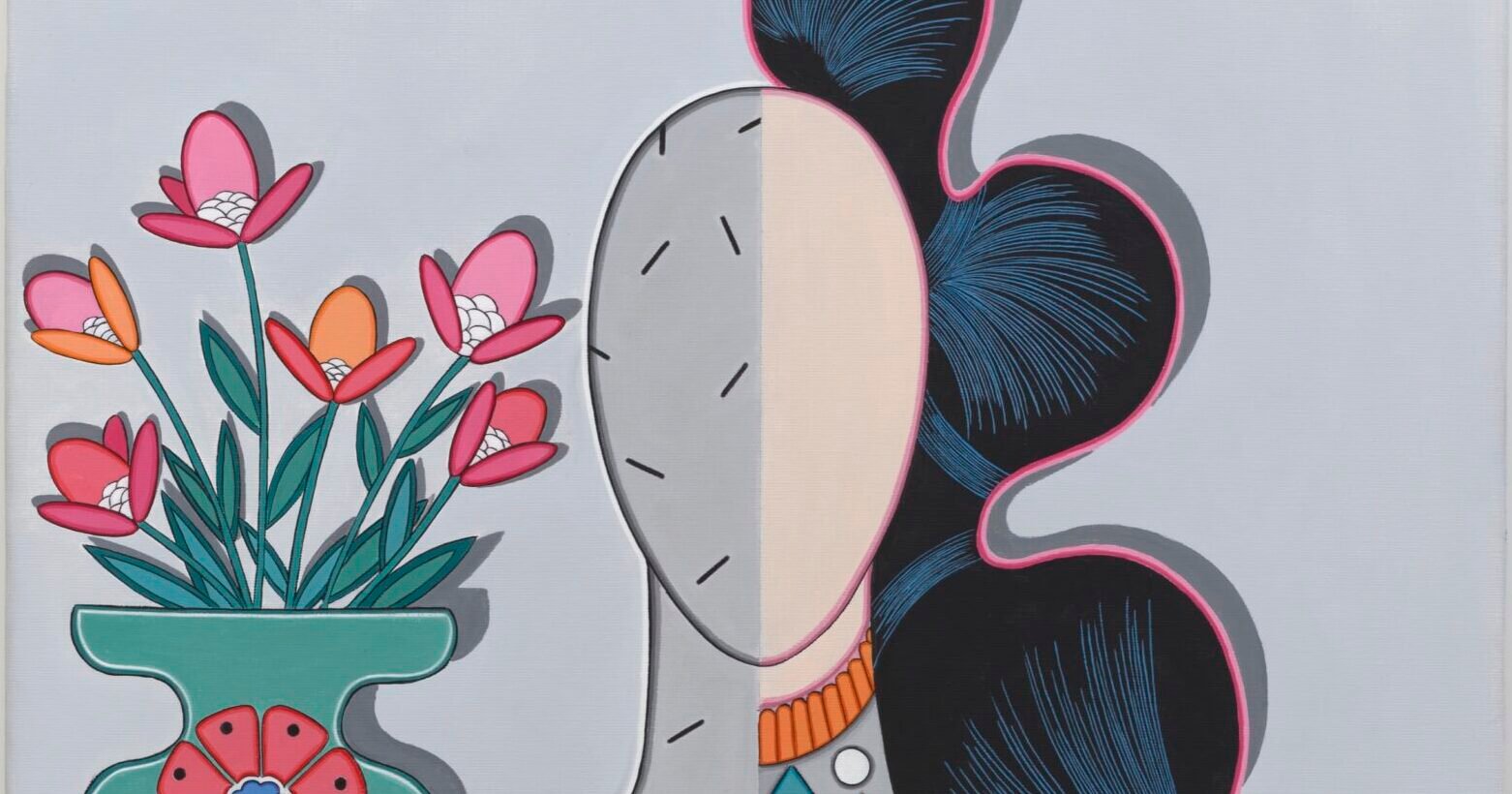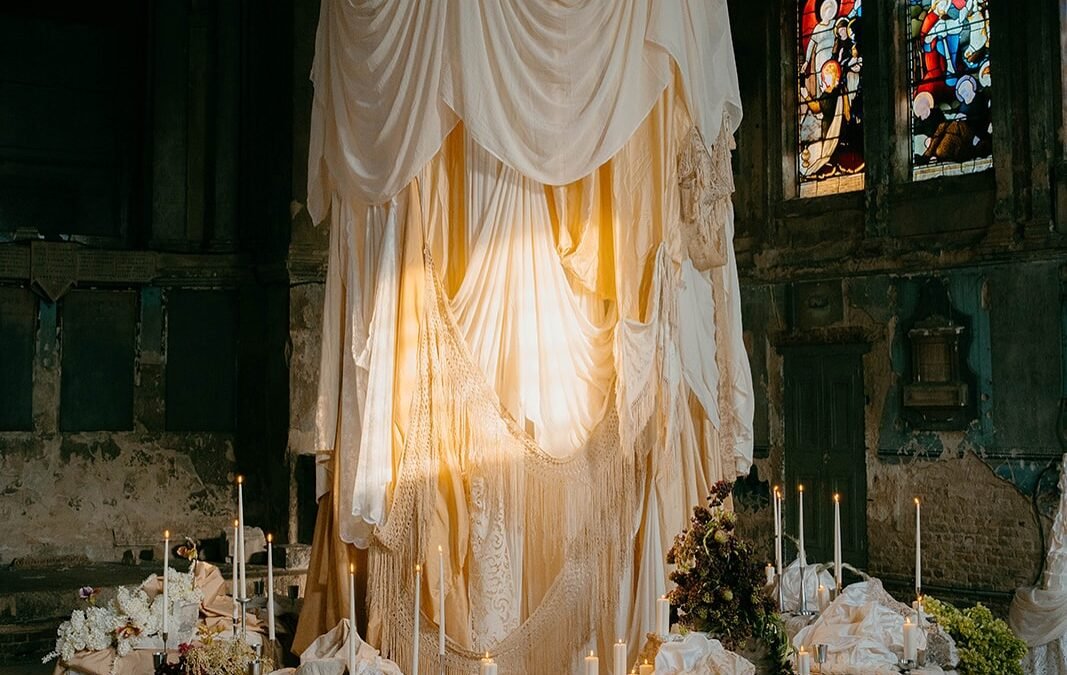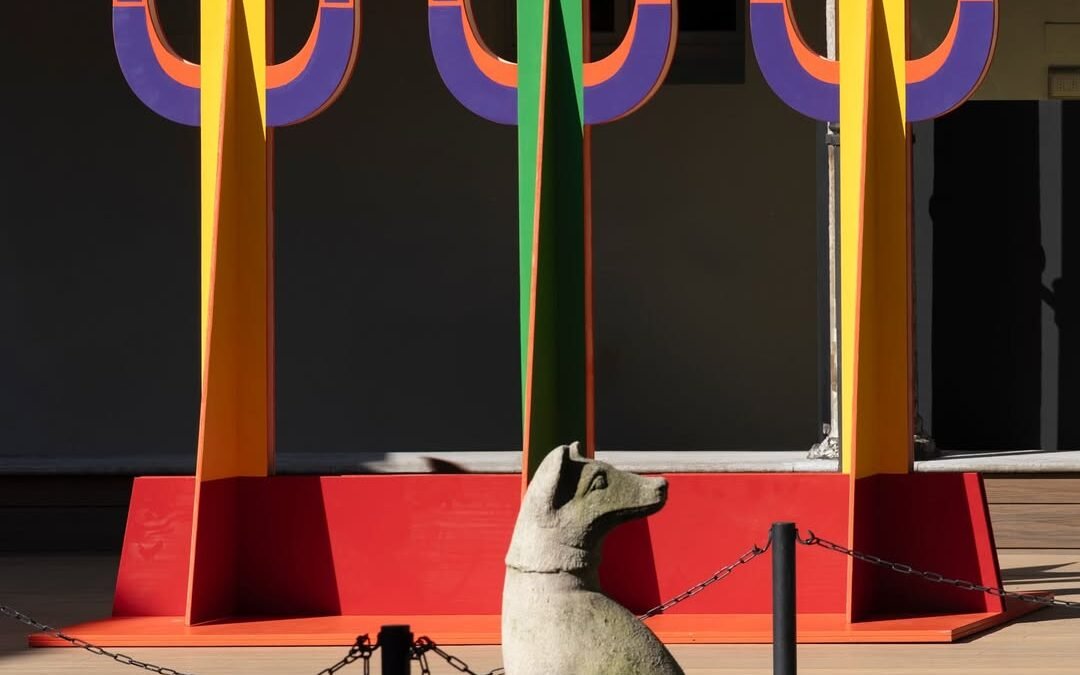Deborah Druick’s latest exhibition at NYC’s Nino Mier Gallery presents a compelling investigation into identity, confinement, and societal expectations of women.
Her work challenges traditional representations by omitting facial features in her female figures. According to Druick, this absence signifies an unrealized identity—women in the process of becoming rather than being fully defined.
Confinement and societal structures
A recurring theme in Druick’s work is the exploration of confinement, particularly in domestic spaces. She highlights how women’s voices and identities have historically been suppressed, emphasizing that this issue extends beyond the domestic realm. Despite progress, she argues, restrictions on female autonomy persist.
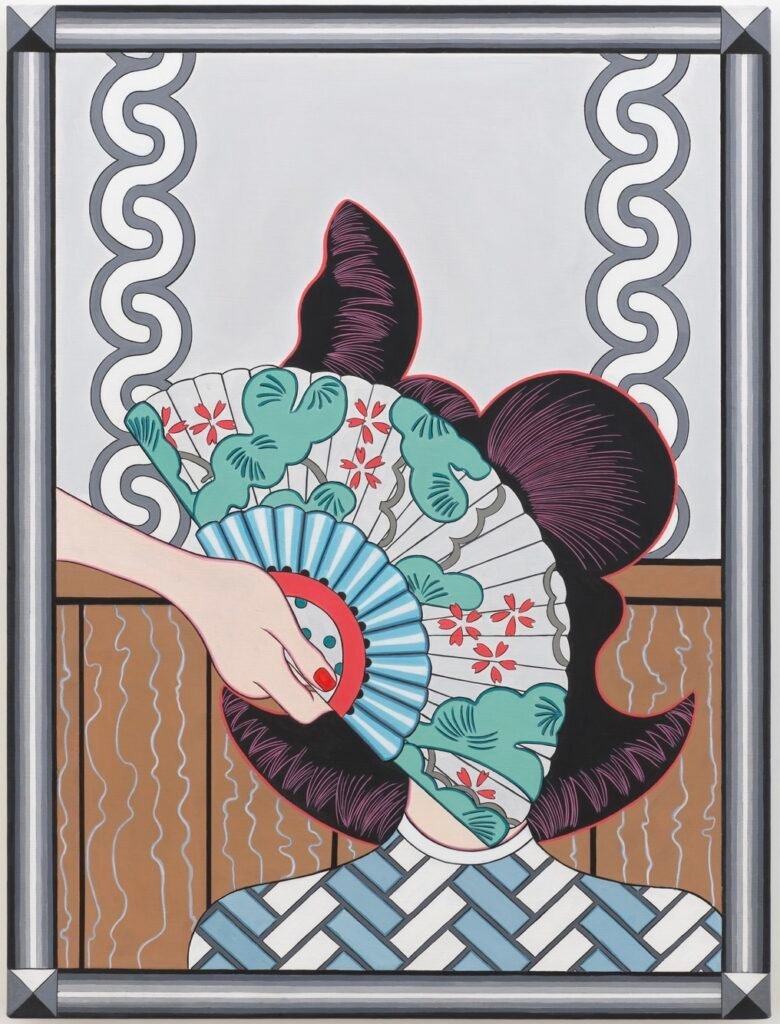
The evolution of patterns and textures
Druick’s approach to patterns and textures is organic, growing naturally from the image as she paints. She finds intrigue in the contrast between three-dimensional patterns and flatly painted figures, embracing irregularity as a central element of her work.
Nature, attraction, and survival
Floral motifs and birds appear frequently in Druick’s compositions, symbolizing themes of pollination and mating rituals. These references underscore societal constructs that have long dictated how women present themselves, reinforcing the notion that visual appeal is an essential aspect of survival.
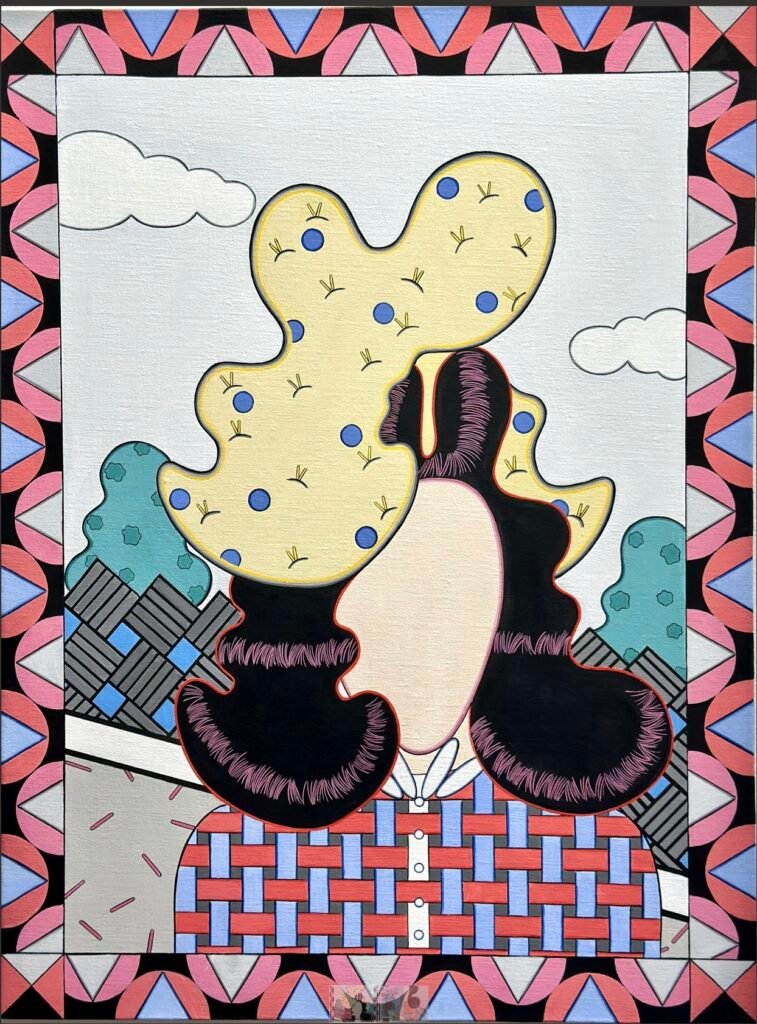
The intersection of fashion and identity
Druick’s figures communicate through posture and fashion, reflecting the persistent influence of appearance on female identity. She cites contemporary examples, such as red carpet events, to illustrate how women are still judged primarily by their looks, despite shifting societal attitudes.
Breaking societal barriers
Containment is a powerful visual metaphor in Druick’s paintings, yet she acknowledges that societal constraints are gradually evolving. The boundaries that have historically restricted women’s expression are beginning to erode, though the struggle for true freedom continues.
“Blindfolded” and external influences
In Blindfolded, an external force introduces the possibility of escape, emphasizing the dual role that others play in shaping female identity. Druick suggests that while some individuals provide support, others contribute to the obscuring of the self, forcing women to navigate their options carefully.
The past and present in dialogue
Her series Past Present Tense bridges historical and contemporary struggles, illustrating how societal barriers, though shifting, continue to impose restrictions. However, she sees progress in the growing strength and self-awareness of women today.
Recognition and future directions
Recent critical acclaim has provided Druick with motivation, reinforcing her dedication to her craft. Although she has painted throughout her life, she only committed to full-time studio work in 2016. Looking ahead, she expresses an interest in incorporating mannequins into her compositions—silent figures with no agency, a visual commentary on the dehumanization of women in certain contexts.
Deborah Druick’s Past Present Tense is on view at Nino Mier Gallery in New York City until March 22, 2025.

